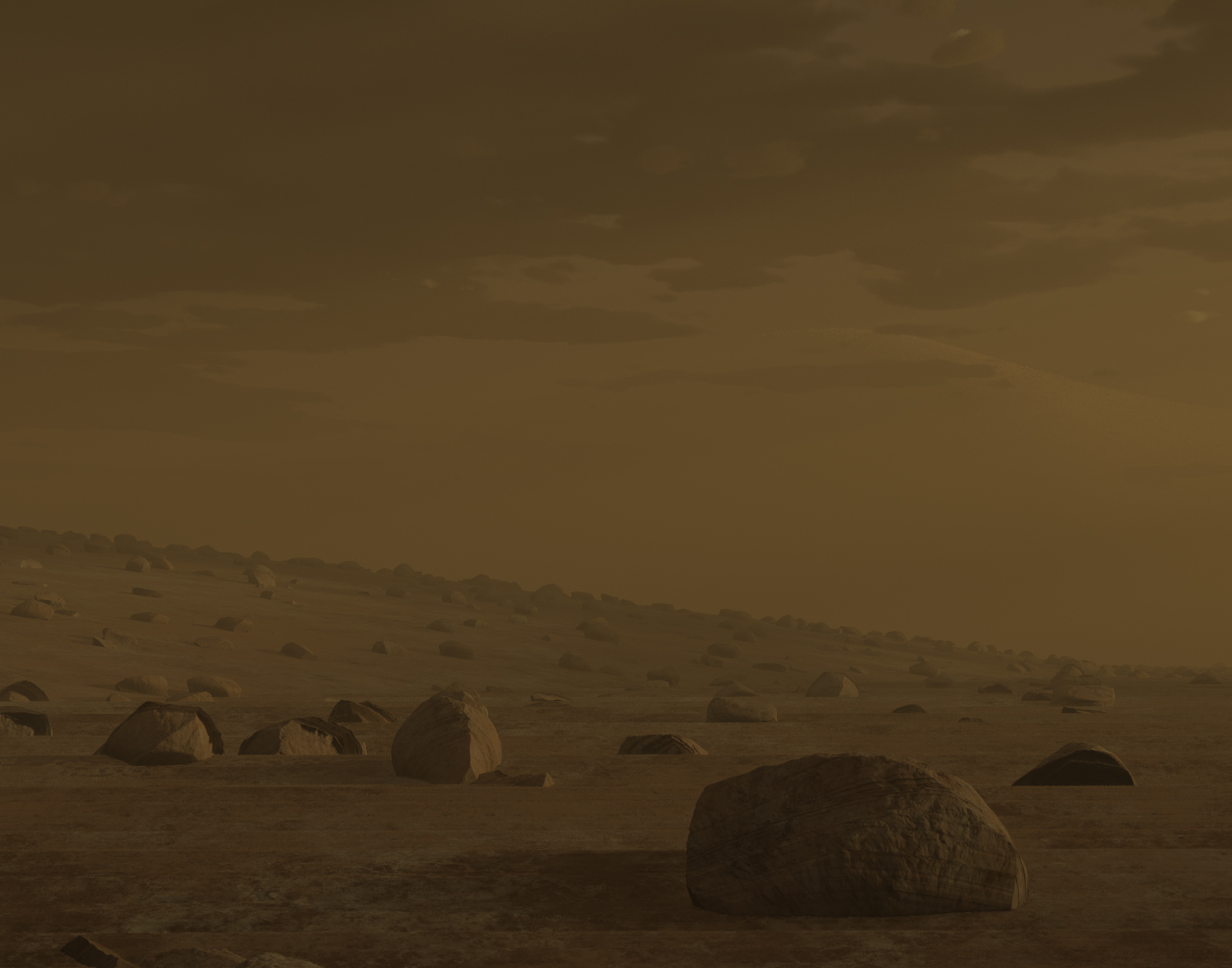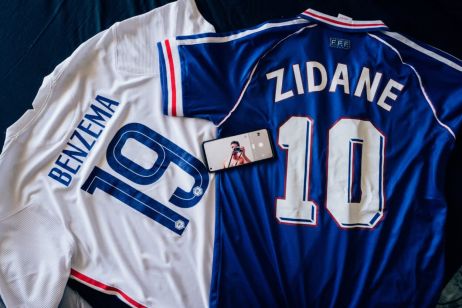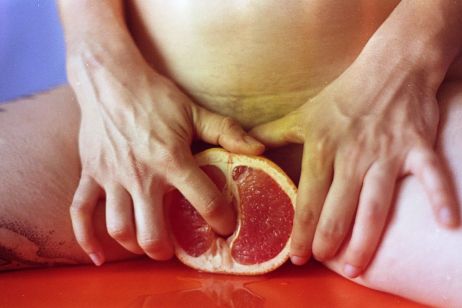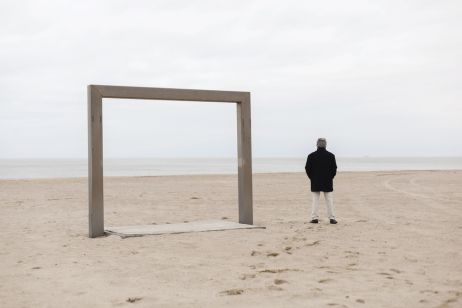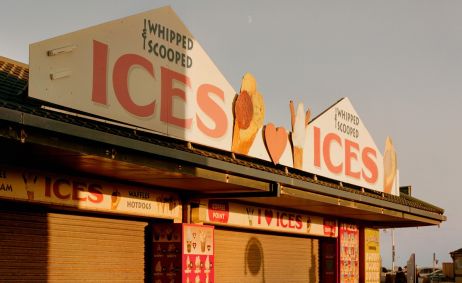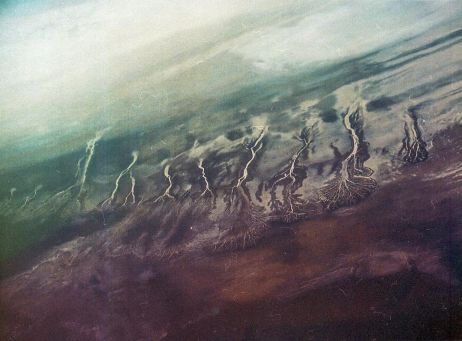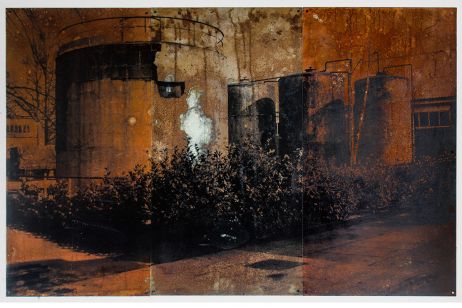Until December 16th, the Irish cultural center hosts Surveillé.e.s (Watched, ed), a collective exhibition focusing on surveillance, and security measures and practices. Among the fifteen artists exhibited, we discovered the work of Karl Burke, which highlights the difficulty to represent cyberwars. Interview.
Fisheye : Could you tell me more about your journey as a photographer?
Karl Burke: I was self-taught, I learnt by scrolling through magazines and books, while studying law at university – it was in 1987. After a career as a lawyer, and then as a composer and sound designer, I decided, in 2018, to focus on my practice of photography and visual arts. The road has been long and sinuous, but I have finally achieved my goal.
Photography is the path to follow to transcend what I view as my technical limits in the classical artistic practice.
How would you describe your photographic approach?
Photography has now become separated from its classical role of representation. Although abstract and experimental photography have existed for quite some time, I think it can be used as a tool to understand modern society. I am interested in what can be done with the medium, by integrating philosophical and sociological data. Thus, photography becomes a true investigative tool. For each of my projects, I try to find the right visual and conceptual approach. I seek to develop a strong imagery, working on its own.
What inspires you?
I am inspired by everyday life. I am fascinated by the effect of technology on human behaviour, especially through cell phones and social media. I also study the military-industrial complex, which is an issue affecting more and more the civilian sphere. For instance, the militarisation of softwares, the proliferation of surveillance techniques or even the fact that military drone pilots are recruited thanks to their scores in shootings games and flight simulations.
And what about this series?
This series has emerged after the discovery of Stuxnet, in 2010. A cyberweapon targeting the Iranian uranium enrichment centrifuges. The question was: how could I realise a visual work on a virtual battlefield? I wanted to expose these types of invisible operations and document the hacking and surveillance tools.
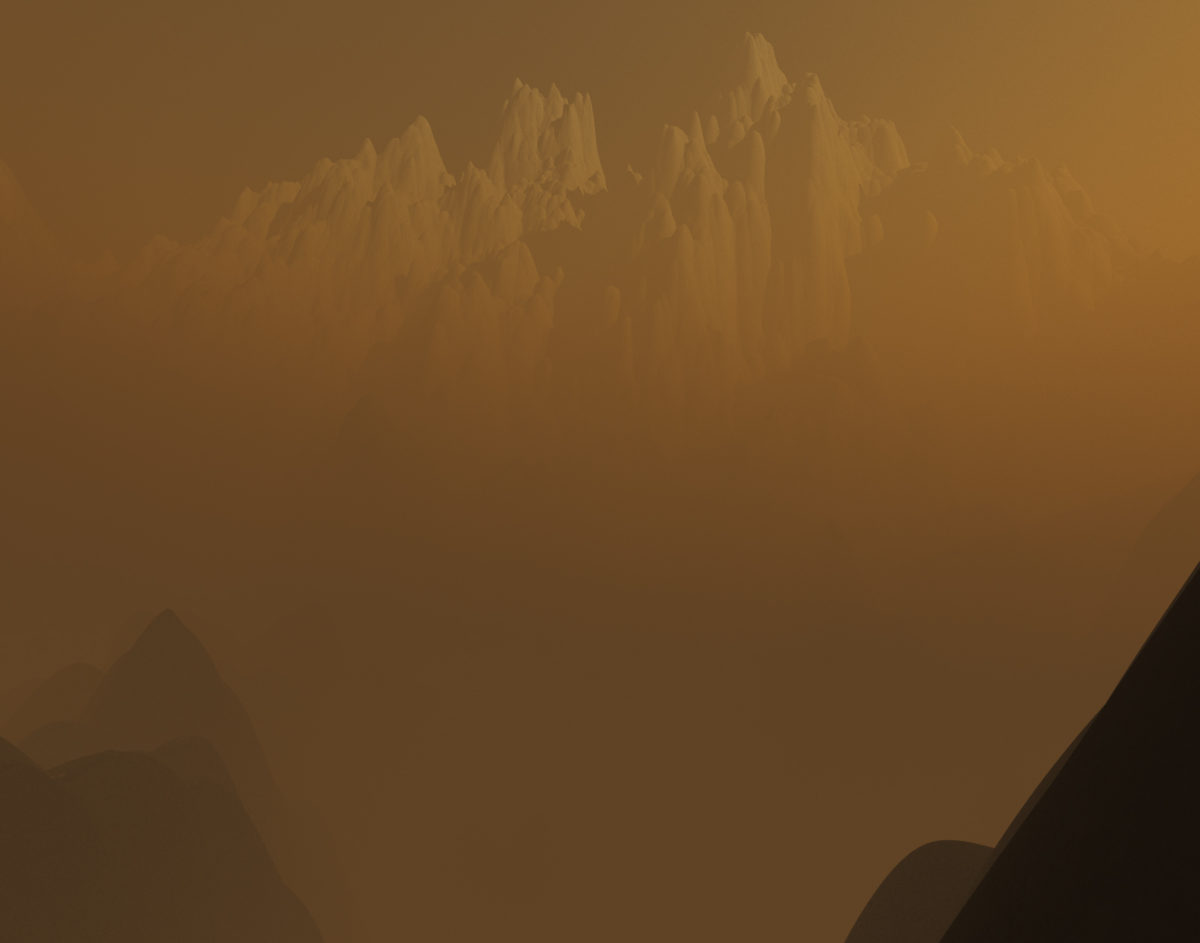
Is cyberwar a pretext to document the cyberworld?
I think it is important to spark a social and political debate about this issue, to act “now” and not “later on”. Nowadays, automatic cars and significant progress in Artificial Intelligence do exist. Moreover, the Internet has proliferated. The fact that Estonia was the victim of cyberattacks in 2007 and is now one of the world leader in cyberdefense is no coincidence.
How was your series Weaponworld created?
I started to think about this series in 2012, but it took me five years to decide what the best approach and technical production should be. 2017 turned out to be an interesting year – in March, there was a massive leak of NSA hacking tools. The Vault 7 leak.
This was a disaster. Two months later, a group of criminals got hold of informatics data and created WannaCry, a malicious software. In May 2017, more than 300 000 computers were contaminated, throughout the world. This cyberattack was considered one of the biggest ransom hacking in the history of the Internet. So, from a very egoistical point of view, the Vault 7 leak and the cyberattacks that followed helped me develop my project.
A project integrating computer code. How did you proceed?
Throughout my research, I observed how people used 3D softwares to create idealised landscapes. I realised that virtual worlds and landscapes created from scratch by fans were, in fact, derived from virtual weaponry. I tried to add an emotional, almost physical response to something that is hard to dissociate from the cerebral field.
Although I have been familiar with IT tools since the start of the 90s, I had no experience whatsoever in 3D software. I am not a developer, and thus I had to learn how to code.
Could you tell me about the result?
I realised early on that a direct cartography of a code was similar to the derived data of satellites cartography. I found out that putting this code cartography in image gave birth to a landscape. The final image is the result of the encounter between codes and fractals (a mathematical object, a curve or geometrical figure repeating itself indefinitely).

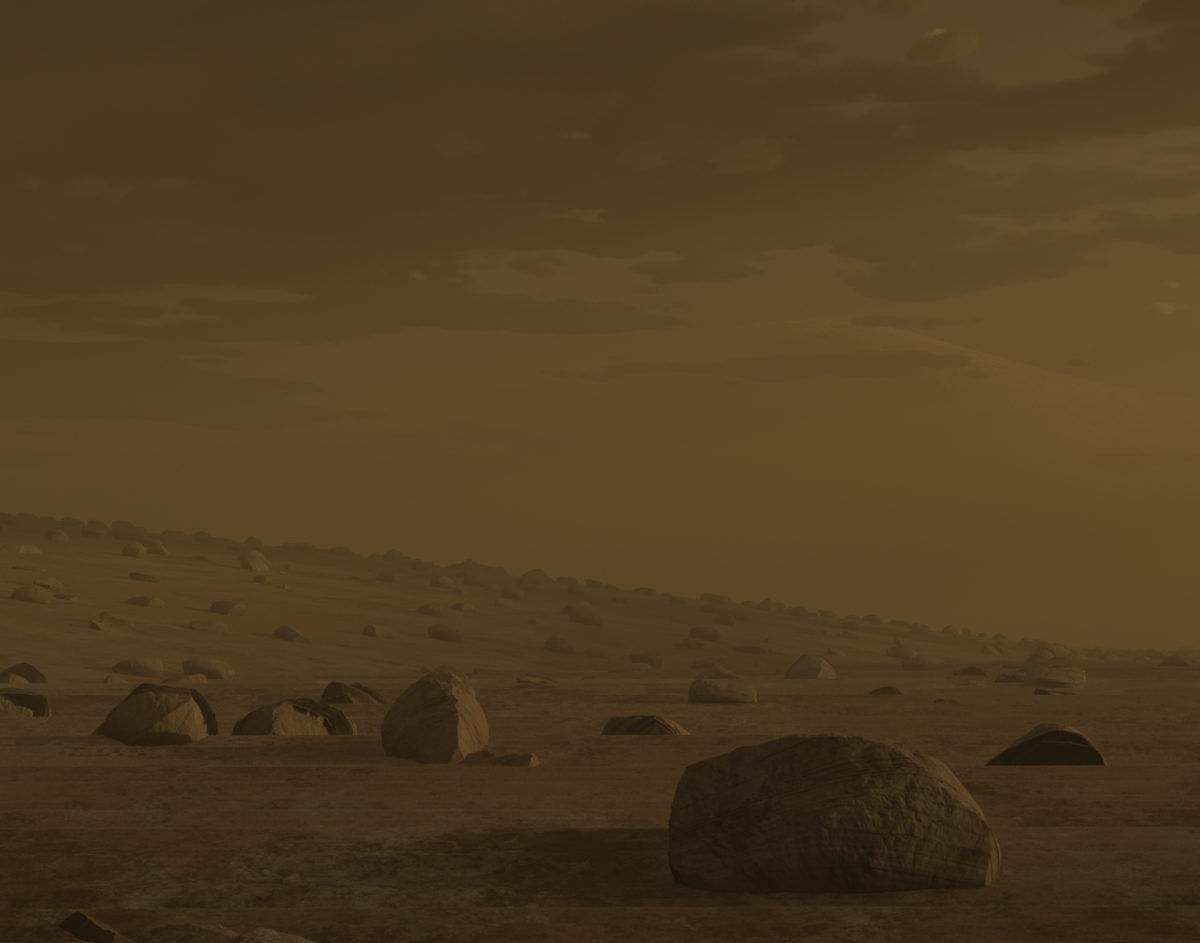
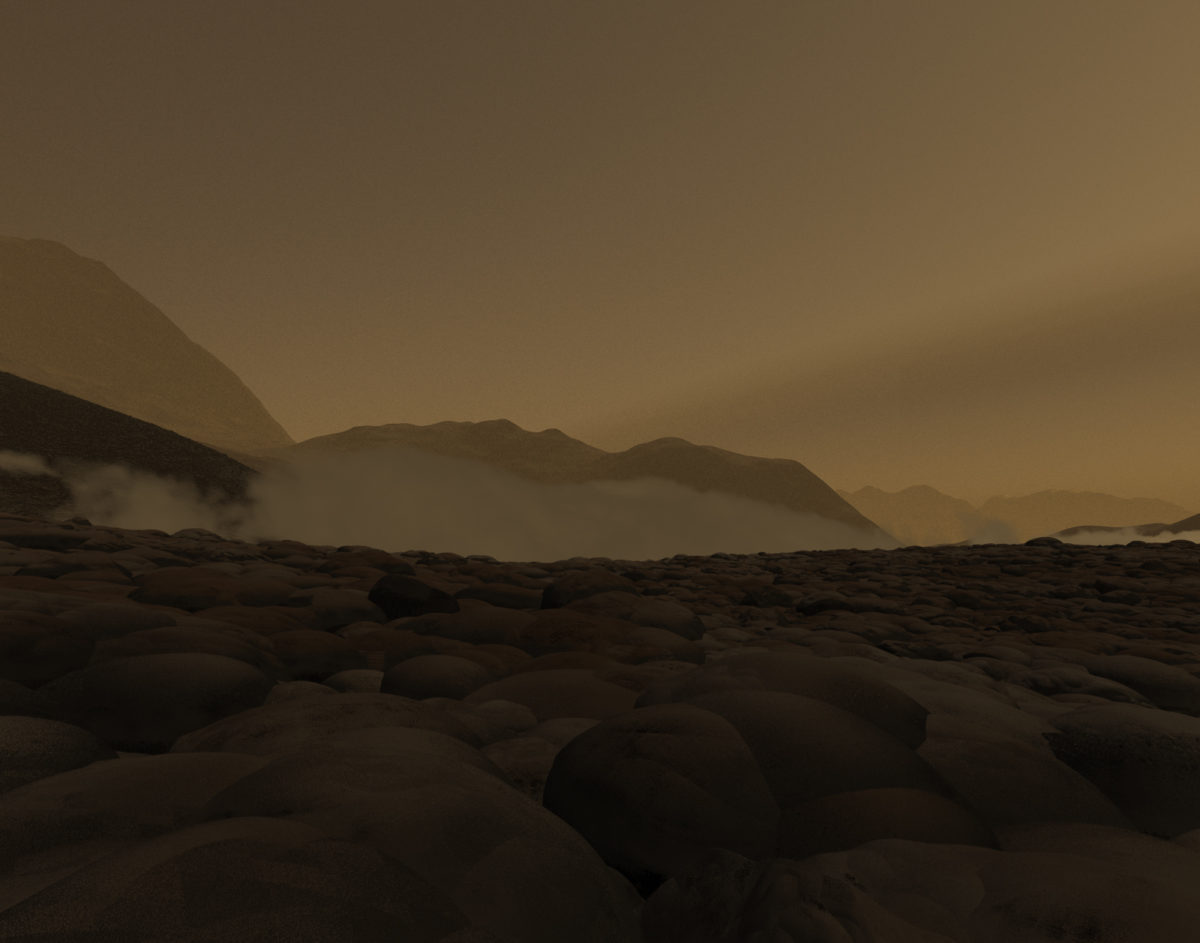

© Karl Burke
